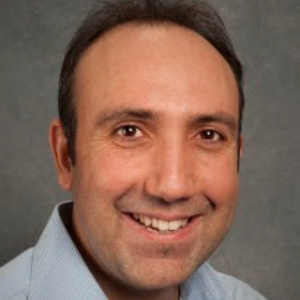Title : Medical liver biopsy: Toward a personalized approach
Abstract:
Introduction: Metabolic-(non-alcoholic) associated fatty liver disease (MAFLD/NAFLD) has increasingly become a worldwide epidemic. It has been suggested that renaming NAFLD to MAFLD is critical in identifying patients with advanced fibrosis and poor cardiovascular outcomes. There are concerns that the progression to non-alcoholic steatohepatitis (NASH) may become a constant drive in the future healthcare of children and adolescents. There is a necessity to tackle the emerging risk factors for NASH-associated hepatocellular carcinoma (HCC).
Methods: We carried out a systematic review study using PRISMA (Preferred Reporting Items for Systematic Reviews and Meta-Analyses) parameters involving a literature search of academic databases (PubMed, Scopus, Medline, Google Scholar, and Cochrane Database, 2011? 2023) targeting specifically the handling of liver biopsies for MAFLD/NAFLD. Data were extracted and used to determine the current Children's Hospital of Eastern Ontario grossing protocol.
Results: The studies show the ability to detect MAFLD/NAFLD in liver biopsies with accuracy by implementing Oil red O staining and preserving the rest of the frozen tissue for studies involving single nucleotide polymorphisms (SNPs). Here, we present the current protocol of liver biopsy separated between pre-analytical, analytical, and post-analytical handling. Genetic association investigations have identified single nucleotide polymorphisms implicated in the progression of MAFLD-HCC, many of which seem to belong to the lipid metabolism pathways. PNPLA3 rs738409 variant, TM6SF2 rs58542926 variant, MBOAT7 rs641738 variant, and GCKR variants seem to be significantly associated with NAFLD disease susceptibility.
Conclusions: A thorough examination of the liver biopsy in MAFLD/NAFLD is critical for the management of patients with this disease. Grossing of the liver biopsy is key to identifying histologic, immunophenotypical, and ultrastructure data and properly preserving tissue for molecular genomics data, specifically for SNPs identification.



